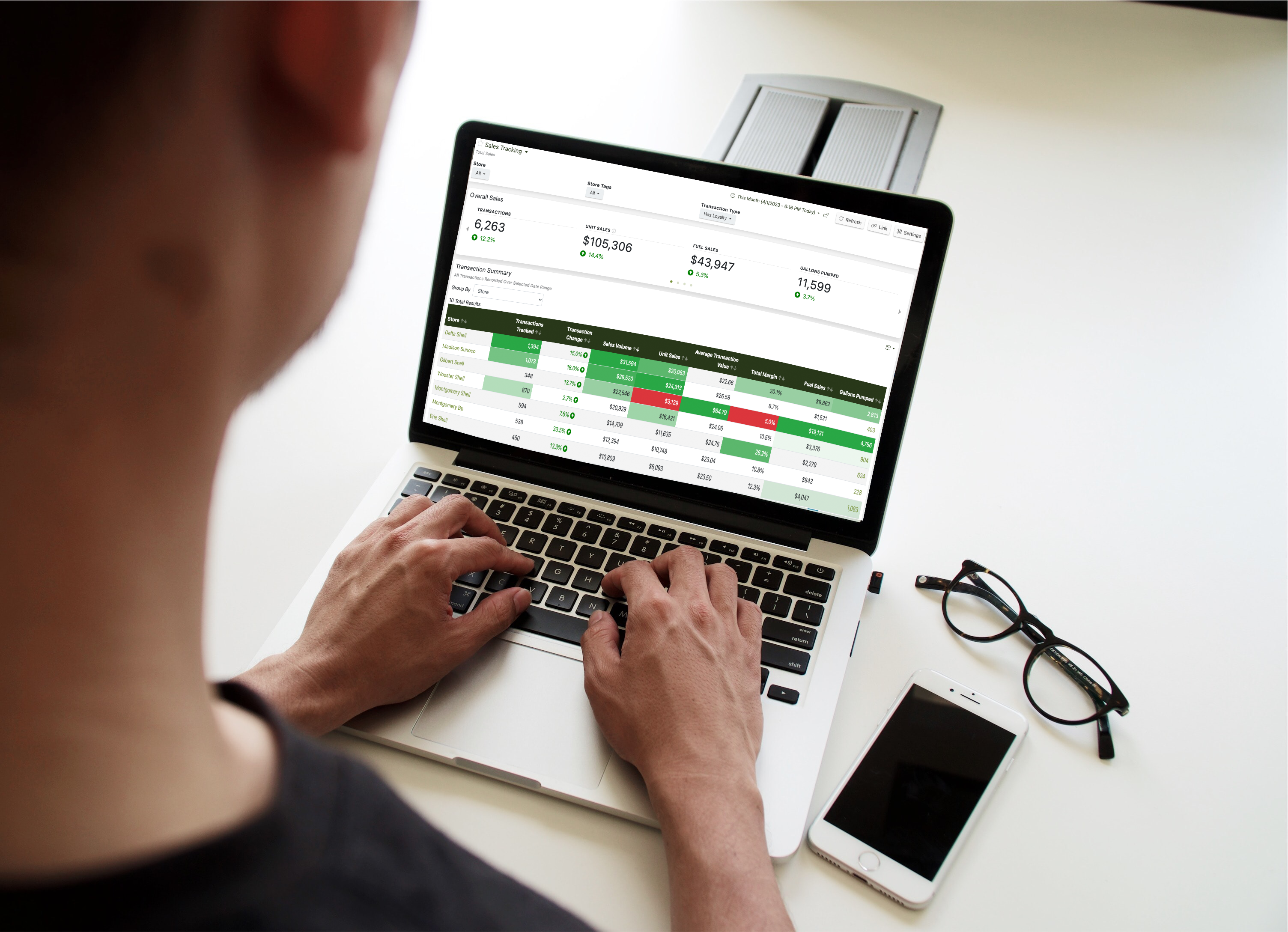
Capturing the Value Within Your Own Data to Maintain Margins
When inflation increases the cost of CPG products by 22% and consumers begin to exhibit recessionary behavior, retailers are left with a complicated problem to solve. The winning solution in the current economic environment is capturing the value within your data to measure and understand what is occurring and to form tactics and strategies that ensure you are meeting your customers’ changing needs.
“The key to success in times of change is gaining better visibility into your data,” said Bill Ivers, CEO at Taiga, an analytics company serving c-stores. “In order to do that, the first step is to have your data properly aggregated and cataloged so that you can analyze it at the subcategory level and drill down to the brand, supplier, SKU or basket level.”

Having clean data allows retailers to pick up on even the most subtle consumer purchasing changes and take action to mitigate any negative impacts. Effective category management comes from really understanding how consumers are shopping in your stores and ensuring you have the right products in the right places at the right prices when they are looking to purchase, according to Ivers.
“You need to be performing this type of analysis frequently because new behaviors are continuously appearing and then fading away every quarter,” said Ivers. “You could miss out on a trend altogether if you happen to sell out of the trending product or, conversely, you could end up holding a lot of excess inventory when an item’s sales slow down.”
Taiga’s Front Office Platform delivers real-time alerts on just about any metric a retailer chooses to track, according to Ivers. “When that metric gets outside of the normal zone, alerts are sent via SMS and email. The things I would be monitoring right now are unusual increases or declines in a specific category’s revenue or volume of sales,” he said. “Our platform runs your data through AI constantly, and it will realize, ‘In the salty snack category, they’ve now exceeded a 20% increase,’ and it sends an alert.”
Promotional Strategy Can Impact Changing Consumer Behavior
Once retailers are leveraging their data effectively, Ivers suggests they take a closer look at their promotion strategies. Taiga’s Front Office Platform gives retailers the tools to analyze each of their promotions, including the take rate, pool margin and other important metrics.
“I can’t emphasize promotion strategy enough,” Ivers said. “If promotions are the leading driver of your consumer purchasing right now, you need to go through your promotions and find out how they are really performing so you can optimize to attract more customers.”
Pricing Adjustments Can Drive Revenue and Margins
Ivers also suggests that c-store operators watch their pricing as consumers become more price sensitive.
“Pricing is a key lever in times of inflation, and looking at your data to see where you can optimize pricing to maximize both revenue and profit is very important,” he said. “With Taiga’s Price Optimization tool, our AI can recommend price changes, both increases and decreases, that will deliver the highest revenue and margins.”
Demand Forecasting Can Maintain Margins in an Inflationary Environment
Ivers says that convenience retailers should eventually consider demand forecasting as well.
“I think it’s vitally important to maintain your profits on quick-service food or freshly prepared foods, of course, but retailers should go even further and look at the demand forecast for some of their staples,” he said, adding that Taiga’s demand forecasting within its Front Office Platform can accurately predict the next 72 hours of sales demand for any product, category or subcategory at a specific store.
Ivers says that looking back at inflation over the past year, and how CPG products went up, retailers need to detect rising costs quickly and have a sound strategy in place.
“Taiga’s tools allow you to get your handle on market trends as well as pricing and margin impacts,” he said. “Instead of taking the hatchet and making big changes without knowing the outcomes, our tools allow you to get out your scalpel and precisely carve out the changes that will maximize margins and minimize losses.”
This article is was originally posted on the NACS website in September 2023.








